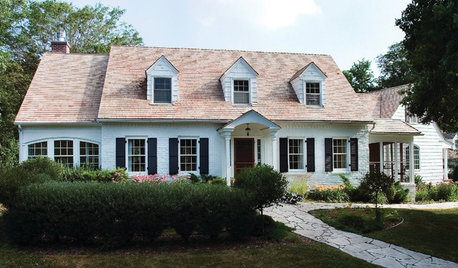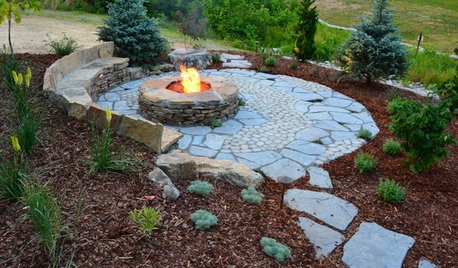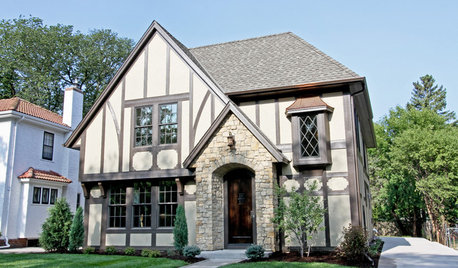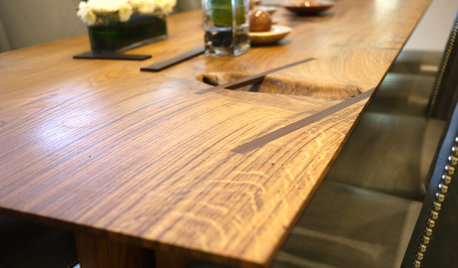roots in ground after the tree is removed
sammy zone 7 Tulsa
14 years ago
Featured Answer
Comments (8)
Embothrium
14 years agosammy zone 7 Tulsa
14 years agoRelated Professionals
Ashburn Landscape Architects & Landscape Designers · Marco Island Landscape Architects & Landscape Designers · Billerica Landscape Contractors · Apollo Beach Landscape Contractors · Corona Landscape Contractors · Eustis Landscape Contractors · Fishers Landscape Contractors · Lakeville Landscape Contractors · Merced Landscape Contractors · North Richland Hills Landscape Contractors · Fairfax Siding & Exteriors · Germantown Siding & Exteriors · West Haven Siding & Exteriors · Miami Decks, Patios & Outdoor Enclosures · Parlier Decks, Patios & Outdoor Enclosuresken_adrian Adrian MI cold Z5
14 years agojean001
14 years agosammy zone 7 Tulsa
14 years agojean001
14 years agobrandon7 TN_zone7
14 years ago
Related Stories

ARCHITECTURERoots of Style: Do You Live in a Minimalist Traditional House?
Cottages, bungalows, farmhouses ... whatever you call them, houses in this style share several characteristics. See how many your house has
Full Story
TRADITIONAL ARCHITECTURERoots of Style: Georgian Homes Offer Familiarity Through the Ages
Americans have been embracing this interpretation of classical architecture since the 1700s. Does your home show off any Georgian details?
Full Story
HOLIDAYS10 Ways Your Christmas Tree Can Live On After the Holidays
Learn how to recycle your Christmas tree and reap benefits for the environment
Full Story
ROOTS OF STYLERoots of Style: The Indelible Charm of American Tudors
Rich details and an intimate scale give this English-inspired architectural style memorable character and flexibilty
Full Story
HOUZZ TOURSMy Houzz: Highlighting Farmhouse Roots in a Seattle Suburb
New and old mix with DIY touches in a remodeled 1928 home for a family of 6
Full Story
GARDENING GUIDESThe Beauty of Bare-Root Plants
Plant dormant trees and shrubs in fall using the easy, affordable bare-root method and enjoy beautiful results in spring
Full Story
FURNITUREWood Furniture Has Root Cause
Sustainability is just the beginning with Robin Wade's lovingly made 'rustic modern' wood furnishings
Full Story
ARTThe Beauty of Bonsai — Living Art, Rooted in Harmony
Create your own emblem of nature's balance with an art form dating back 1,000 years
Full Story
GROUND COVERSGround Force: 10 Top Ground Covers for Your Garden
Protect your soil from weeds and drought this summer with a living mulch of ground covers
Full Story
LIFETracing the Deep Roots of Design
Are our design choices hardwired? Consider the lasting appeal of forms from the hunter-gatherer life
Full Story





sammy zone 7 TulsaOriginal Author